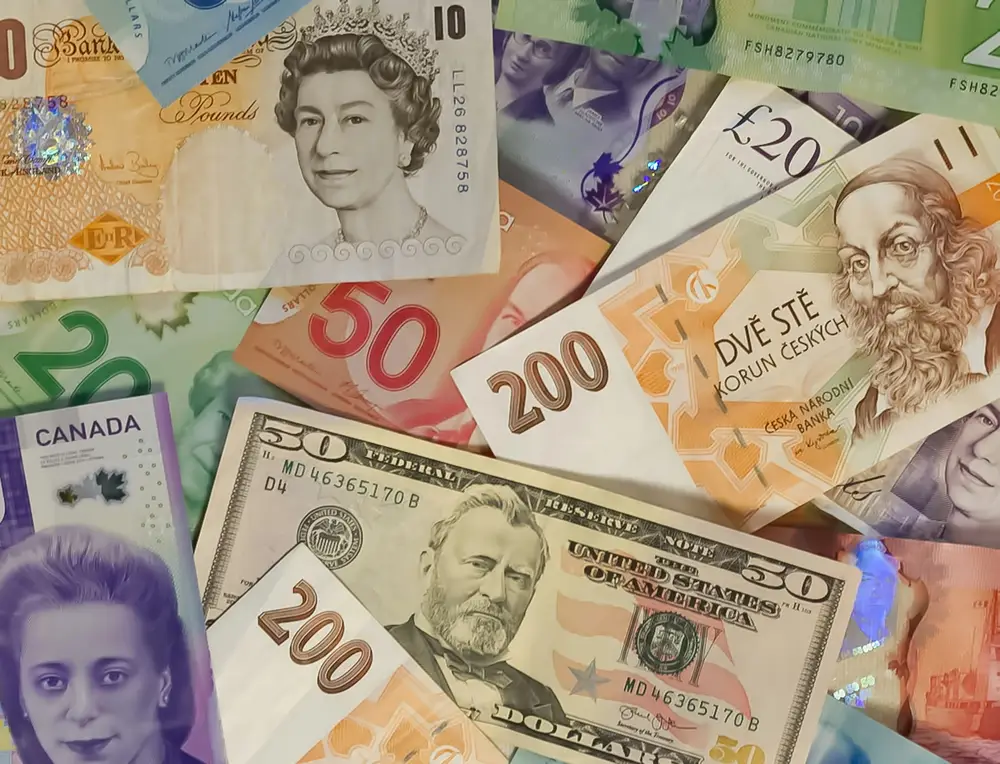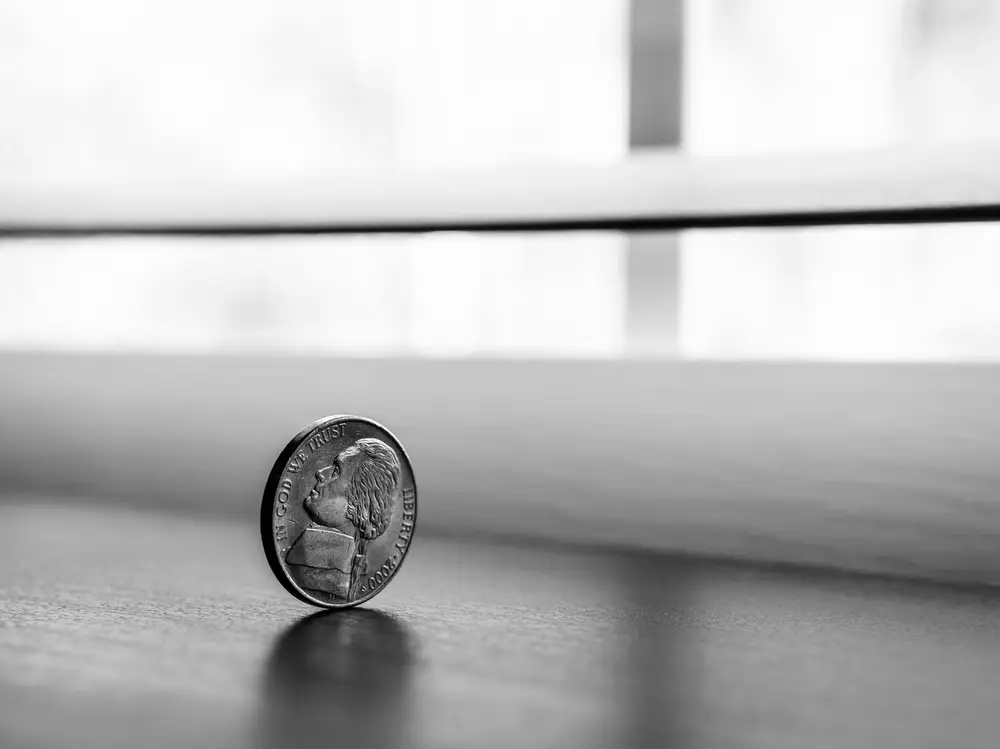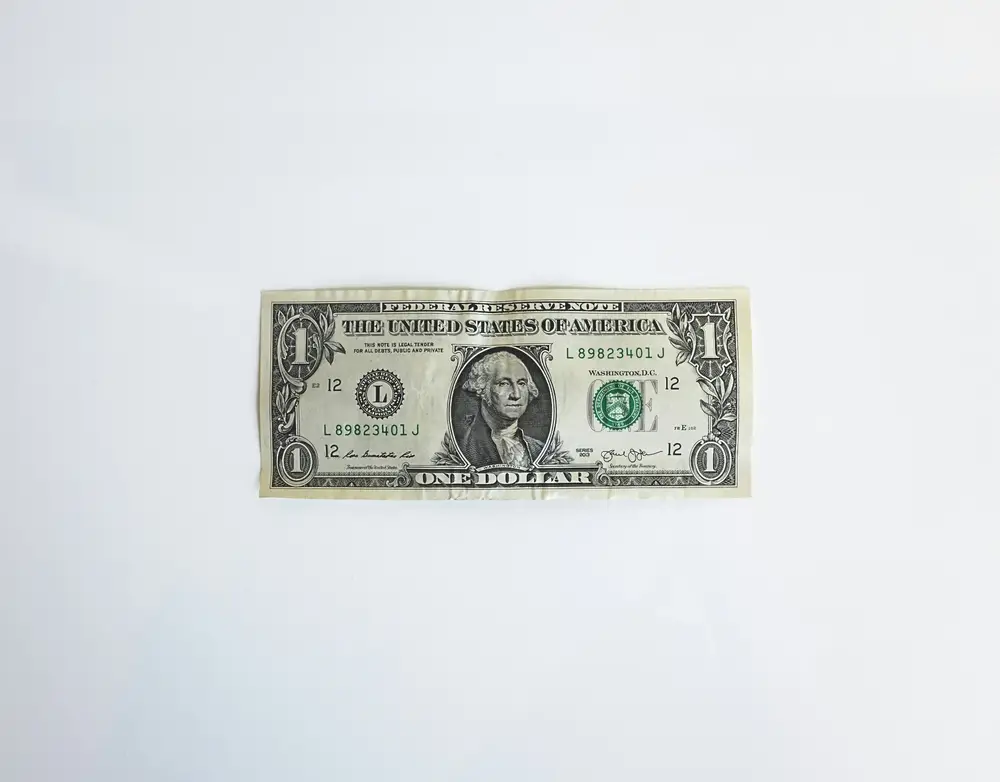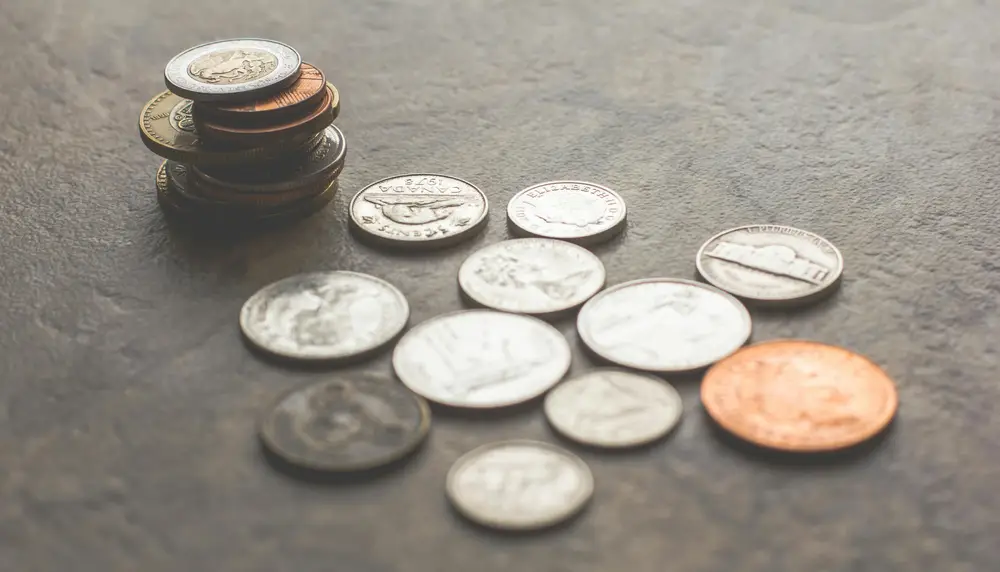Table of Contents
Have you ever wondered why the exchange rate between currencies changes constantly, and what factors determine how much one currency is worth compared to another? Exchange rates are the prices at which one currency can be exchanged for another. They play a crucial role in international trade, travel, and investment decisions. Understanding how exchange rates are determined and what factors influence them is essential for anyone dealing with multiple currencies or interested in global economics. This comprehensive guide explores the mechanisms behind currency valuation and the various factors that cause exchange rates to fluctuate.

What Are Exchange Rates?
Exchange rates represent the value of one currency expressed in terms of another currency. For example, if 1 US dollar (USD) equals 0.85 euros (EUR), the exchange rate is 0.85 EUR/USD. This means you need 0.85 euros to buy one US dollar, or conversely, one US dollar can buy 0.85 euros. Exchange rates are constantly changing based on market forces, economic conditions, and government policies.There are two main types of exchange rates: spot rates and forward rates. Spot rates are the current market prices for immediate currency exchange, while forward rates are agreed-upon prices for future exchanges. Most everyday transactions use spot rates, such as when you exchange money at a bank or use a credit card abroad. Understanding these basic concepts is fundamental to grasping how what is currency and why does it matter in global markets.
Exchange rates serve several important functions in the global economy. They facilitate international trade by allowing businesses to price goods and services in different currencies. They also enable international investment and tourism by providing a mechanism for currency conversion. Additionally, exchange rates reflect the relative economic strength of different countries and can influence government policy decisions.

How Exchange Rates Are Determined
Exchange rates are determined through a complex interplay of market forces, government policies, and economic fundamentals. The primary mechanism is the foreign exchange (forex) market, where currencies are traded 24 hours a day, five days a week. This market is the largest financial market in the world, with daily trading volumes exceeding $6 trillion.In a free-floating exchange rate system, currencies are valued based on supply and demand. When demand for a currency increases, its value rises relative to other currencies. Conversely, when supply exceeds demand, the currency’s value decreases. This supply and demand is influenced by various factors including interest rates, inflation, economic growth, political stability, and market sentiment.
Some countries use fixed or pegged exchange rate systems, where the government or central bank sets the exchange rate and intervenes in the market to maintain it. This system provides stability but requires significant foreign exchange reserves and can be vulnerable to speculative attacks. Understanding these different systems helps explain why some currencies are more volatile than others, as discussed in our article on what makes a currency stable.

Economic Factors Affecting Exchange Rates
Several key economic factors influence exchange rate movements. Interest rates are among the most important determinants. Higher interest rates in a country typically attract foreign investment, increasing demand for that country’s currency and causing its value to appreciate. This is because investors seek higher returns on their investments, and higher interest rates provide better yields.Inflation rates also significantly impact exchange rates. Countries with lower inflation rates generally see their currencies appreciate because their purchasing power increases relative to countries with higher inflation. This relationship is fundamental to understanding how inflation explained affects currency values and international competitiveness.
Economic growth and productivity are additional crucial factors. Countries with strong economic growth and high productivity levels tend to have stronger currencies because they attract investment and demonstrate economic stability. Trade balances also matter significantly – countries with trade surpluses (exporting more than they import) typically see their currencies strengthen, while countries with trade deficits often experience currency depreciation.
Political stability and government policies can have immediate and dramatic effects on exchange rates. Political uncertainty, corruption, or unstable governments can cause investors to flee a country’s currency, leading to rapid depreciation. Conversely, stable political environments with sound economic policies tend to support stronger currency values.

Central Bank Policies and Exchange Rates
Central banks play a crucial role in influencing exchange rates through their monetary policies. Interest rate decisions are the most direct tool central banks use to affect currency values. When a central bank raises interest rates, it typically strengthens the currency by attracting foreign capital seeking higher returns. When rates are lowered, the currency often weakens as investors seek better opportunities elsewhere.Quantitative easing (QE) programs, where central banks create money to buy government bonds and other assets, can also significantly impact exchange rates. These programs increase the money supply, which can lead to currency depreciation. However, they can also stimulate economic growth, which might eventually strengthen the currency.
Foreign exchange interventions occur when central banks buy or sell their own currency in the forex market to influence its value. These interventions can be effective in the short term but are often costly and may not be sustainable long-term. The effectiveness of such interventions depends on the size of the intervention relative to market volume and the underlying economic fundamentals.
Currency pegs and managed float systems represent more direct central bank involvement in exchange rate determination. In these systems, central banks actively manage their currency’s value against a reference currency (like the US dollar) or a basket of currencies. This approach provides stability but requires significant reserves and can limit monetary policy flexibility.

Market Psychology and Speculation
Market psychology and speculation play significant roles in exchange rate movements, often causing currencies to move beyond what economic fundamentals would suggest. Traders and investors make decisions based on expectations about future economic conditions, political events, and policy changes. These expectations can create self-fulfilling prophecies where currency movements occur simply because market participants expect them to occur.Risk appetite and risk aversion cycles significantly influence currency markets. During periods of global economic uncertainty, investors typically seek safe-haven currencies like the US dollar, Swiss franc, or Japanese yen. This flight to safety can cause these currencies to appreciate even when their domestic economic conditions might not justify such strength. Understanding why the Swiss franc is a safe haven currency helps explain these market dynamics.
Speculative trading accounts for a large portion of daily forex market volume. While speculation can provide liquidity and help discover fair currency values, it can also create excessive volatility and lead to currency misalignments. Large institutional investors, hedge funds, and algorithmic trading systems can move markets significantly through their trading activities.
News events and economic data releases can trigger immediate and sometimes dramatic currency movements. Employment reports, GDP growth figures, inflation data, and central bank announcements can cause currencies to move several percentage points within minutes. This volatility creates both opportunities and risks for traders and businesses operating internationally.

Global Reserve Currencies and Their Impact
Reserve currencies are currencies held by central banks and governments as part of their foreign exchange reserves. The US dollar is the world’s primary reserve currency, accounting for approximately 60% of global foreign exchange reserves. This status gives the dollar unique advantages and responsibilities in the global economy.The dominance of the US dollar as a reserve currency affects exchange rates in several ways. Countries holding large dollar reserves may be less likely to allow their currencies to appreciate significantly against the dollar, as this would reduce the value of their dollar holdings. This dynamic helps explain why the US dollar is the world’s reserve currency and its implications for global exchange rates.
Other major reserve currencies include the euro, Japanese yen, British pound, and Chinese yuan. The composition of global reserves can shift over time based on economic conditions, political factors, and confidence in different currencies. These shifts can influence exchange rates as countries adjust their reserve allocations.
The role of reserve currencies in international trade also affects exchange rate dynamics. Many commodities, including oil and gold, are priced in US dollars, creating additional demand for dollars regardless of domestic US economic conditions. This pricing mechanism can influence exchange rates and create dependencies between commodity prices and currency values.

Exchange Rate Systems Around the World
Different countries use various exchange rate systems, each with its own implications for currency values and economic policy. Understanding these systems helps explain why some currencies are more stable than others and how governments manage their currency values.Free-floating exchange rates are determined entirely by market forces without government intervention. Major currencies like the US dollar, euro, British pound, and Japanese yen operate under this system. While this allows currencies to reflect economic fundamentals, it can also lead to significant volatility and potentially harmful currency misalignments.
Fixed exchange rate systems peg a country’s currency to another currency or a basket of currencies at a specific rate. This system provides stability and predictability but requires significant foreign exchange reserves to maintain the peg. Countries using fixed rates often have limited monetary policy independence.
Managed float systems combine elements of both fixed and floating rates. Central banks allow their currencies to float within certain ranges but intervene when rates move outside acceptable parameters. This approach provides flexibility while maintaining some stability.
Currency boards and dollarization represent more extreme forms of exchange rate management. Currency boards require that domestic currency be backed by foreign reserves, while dollarization involves adopting another country’s currency entirely. These systems provide maximum stability but eliminate monetary policy independence.

FAQ about Exchange Rates and Currency Values
What causes exchange rates to change daily?
Exchange rates change daily due to various factors including economic data releases, central bank policy announcements, political events, market sentiment, and speculative trading. The forex market operates 24/5, constantly adjusting to new information and expectations.
How do interest rates affect exchange rates?
Higher interest rates typically strengthen a currency by attracting foreign investment seeking higher returns. Lower interest rates usually weaken a currency as investors seek better opportunities elsewhere. This relationship is fundamental to currency valuation.
Why do some currencies fluctuate more than others?
Currency volatility depends on factors like economic stability, political conditions, market liquidity, and the exchange rate system used. Major reserve currencies like the US dollar tend to be more stable, while emerging market currencies often show higher volatility.
Can governments control exchange rates?
Governments can influence exchange rates through monetary policy, foreign exchange interventions, and exchange rate systems. However, maintaining artificial exchange rates requires significant resources and can limit economic policy flexibility.
How do exchange rates affect international trade?
Exchange rates directly impact the competitiveness of exports and imports. A weaker currency makes exports cheaper and imports more expensive, while a stronger currency has the opposite effect. This relationship influences trade balances and economic growth.
What is the difference between nominal and real exchange rates?
Nominal exchange rates are the actual market rates between currencies, while real exchange rates adjust for inflation differences between countries. Real exchange rates provide a better measure of actual purchasing power and competitiveness.
Exchange rates are complex mechanisms that reflect the interplay of economic fundamentals, market psychology, government policies, and global economic conditions. Understanding how these rates are determined helps explain international trade patterns, investment flows, and economic policy decisions. While exchange rates can be volatile and unpredictable in the short term, they generally reflect underlying economic realities over longer periods. For individuals and businesses operating internationally, staying informed about exchange rate dynamics is crucial for making informed financial decisions and managing currency risk effectively.


